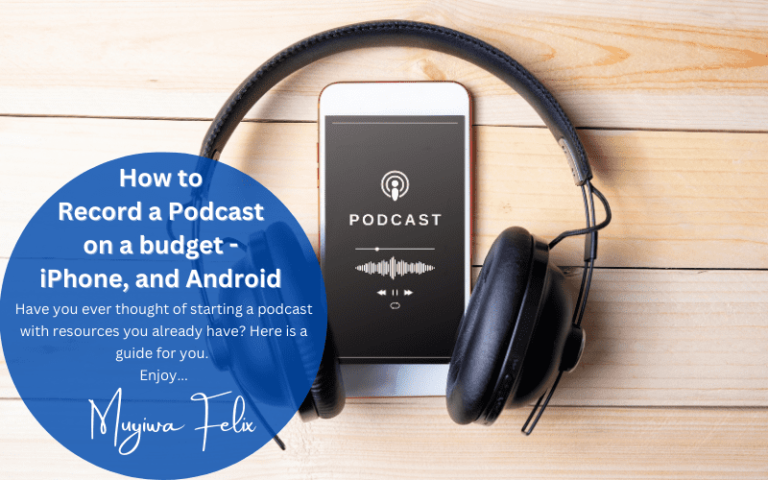A to B Testing for Email Marketing – The Dummies’ guide
A/B Testing is such an interesting email marketing concept. Because this post is targeted toward dummies, I’m going to refer to it as A to B Testing. A to B testing is a statistical technique to help figure out how to make your email campaigns more effective. It dissects the two versions of your campaign and sends one version to half of your list, then sends the other version to the other half. When you’re finished, you can see which option received more open rates or clicks.
This process can be used in any email marketing campaign. You might test the subject line, your call-to-action text, or the layout of your email. (Read about some other ways you can use A to B testing.)
For example, let’s say you sell dog sweaters on your website. You want to test two versions of an email newsletter that talks about how to knit a sweater for a dog. One version will say “Get started with knitting!” The other version will instead say “Get started with knitting a sweater.”
One version will use a photo of a dog in a sweater. The other will have a photo of an empty dog sweater, to increase the desire for your email. (No sales pressure!)
If your testing tool supports it, you can also test how often you email your subscribers and what days of the week you should send emails. (If you test every day, then invite only subscribers who clicked on a link on the last day of the week seven days ago.)
What is A to B testing?
To understand how A to B testing helps you figure out which version of your email marketing campaign gets more open and click-through rates, it’s helpful to know what A to B testing is. Before we get into how it works, let’s take a quick look at what it means to “optimize a process.” For example, if you have a manual process for getting customer information from your call center, you could improve the process and make it more efficient by automating it. Or if you have a manual process for approving invoices, you could improve the process through A to B testing and automatically approve invoices that got approved faster than others.
Who can make use of A to B Testing?
A to B testing is great for a business that needs to make changes in its email marketing strategy.
A to B Testing is a great optimization tool. It helps you find out what works and what doesn’t.
It is used by anyone that wants to make changes in email marketing strategy. It is especially helpful for those that are not sure about the impacts of changing their email marketing strategy.
A to B testing is used in all kinds of businesses. It is helpful for internet marketers, financial services, software companies, non-profit organizations, and more.
A to B testing can be done on a small-scale basis or a large-scope basis. It is up to you how many changes you want to experiment with at once.
Any business in any industry can use this tool and benefit from it. For example, you can test your email marketing strategies and learn the right way to create a better email marketing campaign.
A to B testing is a great way for businesses to see what works and what doesn’t when it comes to email marketing. It is especially helpful for those who don’t have experience with email marketing. You can also test different variations of your website or products via A to B Testing.
How to conduct an A to B test
Here are the steps you need to follow in order to do A to B testing:
1. Decide what you want to test: If you’re not sure about the effects of your email marketing strategy, then first decide why you’re testing it. Is it for traffic or for sales? Make sure that you know why this is important before continuing.
2. Divide your customer base into different groups: Next, determine how many people you want to test each version of your email marketing campaign on. You can test one version on 10% of your list and the other version on another 10%. Or you can test one campaign on 20% of your list and the other 20%. It depends on how much traffic you want to send to each A to B testing option.
3. Set specific goals: Once you decide how much traffic you want to send to your different A to B testing options, set specific goals for each option. What do you want to see with each campaign? You can test different redirections, such as getting more traffic from social referrals. Or you might test different subject lines and call-to-action text. For example, you can test the subject line, “Get started with knitting a sweater” or “Get started today!” With the second variation, the call-to-action text should be shorter and more direct, like “Start knitting today” or “Start knitting now!”
4. Pick a tool: You can make A to B testing easier by using tools for A to B testing. For example, the Google Analytics product made it possible to use A to B testing right in the dashboard. This gives you a way to do A to B testing without having to install any additional software or create codes on your website.
Also, you might want to compare multiple metrics at once. You can experiment with different metrics such as impressions, clicks, social referrals, and conversions (everyday paper thinks when they receive an email). Or you can experiment with different metrics such as impressions, clicks, social referrals, and conversions (everyday papers think when they receive an email).
A to B testing for email marketing campaigns
Here’s how A to B testing works in the context of email marketing. Let’s say that you want to test two versions of an email newsletter. You’re not sure which one will perform better with your contacts. So you send version A to 10% of your list and version B to the other 90%. This is called your “control group.”
A to B testing works by showing both versions to the same contacts. It will show version A to some of your contacts and version B to another set of your contacts. It will then track how many opens and clicks each variation gets and compare the results of version A to the results of version B. If version B gets a higher open rate or click rate, you’ll know that it performs better under these circumstances (at least for this segment).
A to B testing can increase open rates and click-through rates. But it isn’t the only factor that affects these metrics. Keep in mind that open rates and click-through rates can also come down to how good your content is. If you’re testing different headlines for the same email, you should keep the body text the same for each variation. This way, your content will be consistent across all of your variations, making it easier to compare how different headlines affect these metrics.
Another example that you can experiment with via A to B testing is your site. Let’s say that you want to test two versions of your homepage. One variation will show the same information on your homepage as the other one, but it will have different sections to direct visitors to. For example, visitors can take a free trial or sign up for an online course in each version. Both of these options should be located on a separate page on your site.

Ogunjobi Oluwamuyiwa Felix preferred to be called Muyiwa Felix, is a personal finance coach and Insurance advisor. He creates content that addresses the core of personal finance in Canada, the United States, and the world at large. Daily, he meets up with clients who are interested in financial risk management, income protection, wealth-building, retirement planning, and tax-efficient investing strategies.



